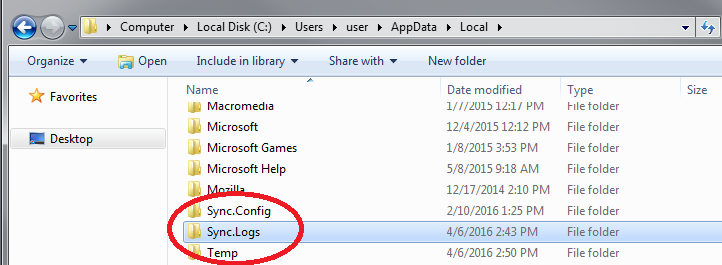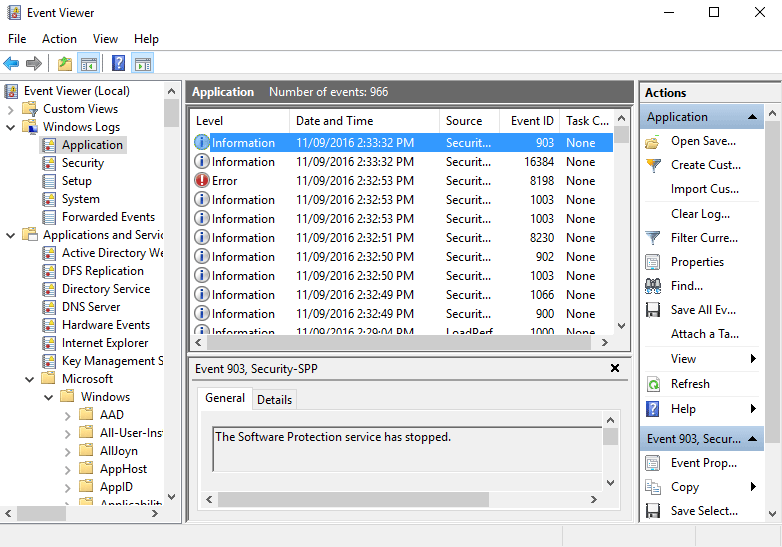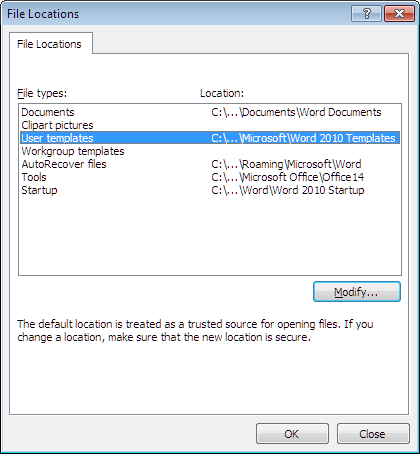

Reports that a new phase in the migration is starting.

The name of the source or destination computer on which USMT was run. The remaining fields are key/value pairs as indicated in the following table. Migration time: Duration of time that USMT was run, in the format of hrs:minutes:seconds. Local time: Time, in the format of hrs: minutes: seconds (using a 24-hour clock). The first three fields in each line are fixed as follows:ĭate: Date, in the format of day shortNameOfTheMonth year. External tools, such as Microsoft System Center Operations Manager, can parse the progress log to update your monitoring systems. You can create a progress log using the /progress option. For more information about verbosity levels, see Monitoring options in ScanState syntax. The content of the log depends on the command-line options that you use and the verbosity level that you specify. You can use these logs to help monitor your migration. ScanState and LoadState logs are text files that are create when you run the ScanState and LoadState tools. If you do, the log will be overwritten when USMT is run. You cannot store any of the log files in StorePath. The diagnostic log contains detailed system environment information, user environment information, and information about the migration units (migunits) being gathered and their contents. Set the environment variable MIG_ENABLE_DIAG to a path to an XML file. Provides a list of the files that were migrated. Specifies the path and file name of the Listfiles log. See Monitoring options in ScanState syntax. Provides information about the status of the migration, by percentage complete.

Specifies the path and file name of the Progress log.

Specifies the path and file name of the ScanState log or LoadState log. The following table describes each command-line option related to logs, and it provides the log name and a description of what type of information each log contains. This article describes the available command-line options to enable USMT logs, and new XML elements that configure which types of errors are fatal and should halt the migration, which types are non-fatal and should be skipped so that the migration can continue. You can use User State Migration Tool (USMT) 10.0 logs to monitor your migration and to troubleshoot errors and failed migrations.


 0 kommentar(er)
0 kommentar(er)
